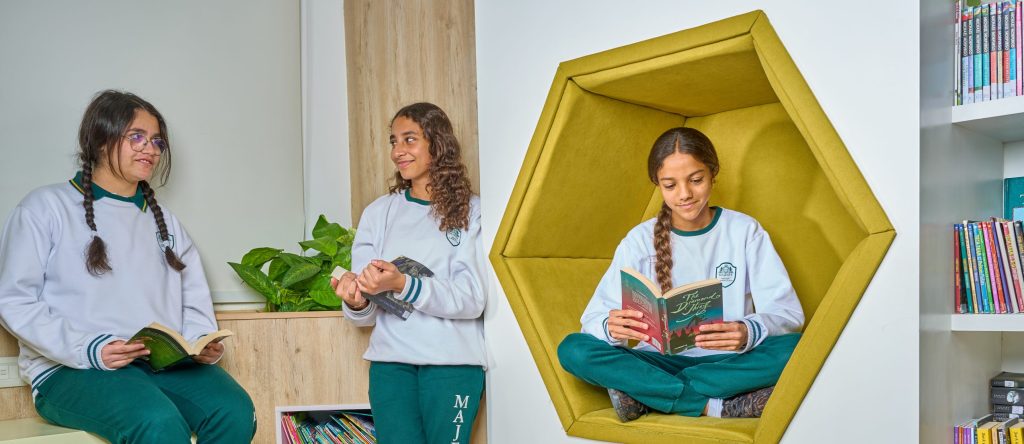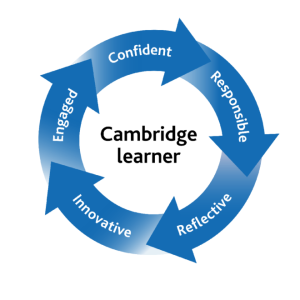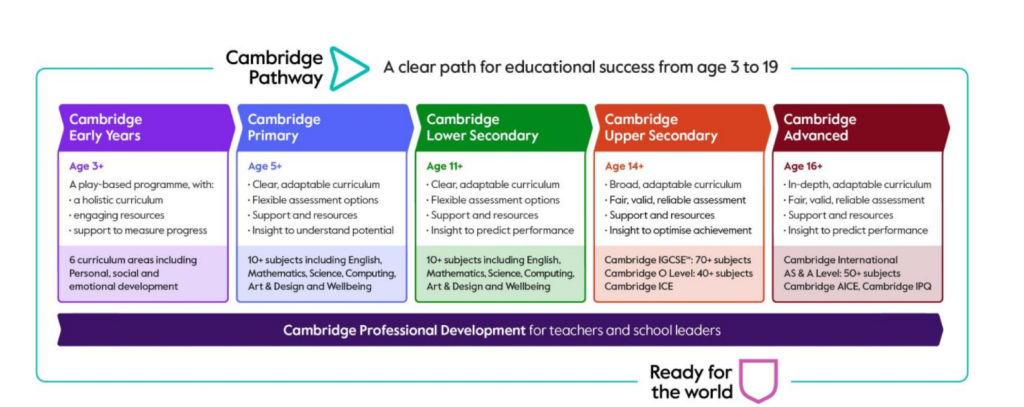
Research shows that a lifelong passion for a subject often begins during Key Stage 3 (KS3), which includes Years 7 and 8. This phase marks a critical transition—from the primary setting to the stage where students begin making choices for their IGCSEs. At this age, learners are full of curiosity, energy, and a strong desire to explore. Combined with the shift to a new learning environment, KS3 becomes a pivotal period in shaping students’ academic interests and personal growth, earning its reputation as a truly formative stage in their education. At Majesty, we offer the Cambridge Lower Secondary programme for learners aged 11 to 14. This flexible curriculum allows us to tailor the learning experience to suit our students’ needs, helping them grow into confident, responsible, reflective, innovative, and engaged individuals. The programme builds naturally on primary education and lays a strong foundation. Through Cambridge Lower Secondary, we provide a broad and balanced education that supports our students’ success in school, work, and life. Our Students benefit from a well-rounded education that includes a blend of class-based and specialist-led learning. They study core subjects such as Mathematics, English, Science, Global Perspectives, ICT, and Modern Languages. In addition, specialist teachers deliver lessons in Arabic, Religion, Social Studies, Music, PE, and Art. We thoughtfully tailor our curriculum to meet the needs of our learners and reflect our unique context. In accordance with national guidelines, Arabic, Religion, and Social Studies are taught following the curriculum set by the Egyptian Ministry of Education.
At Majesty, we implement the Cambridge Lower Secondary English curriculum to empower learners in
their use of English and to foster a lifelong passion for reading, writing, and effective communication.
The programme develops essential communication skills that students can apply in both academic and
everyday contexts. It also builds transferable language skills that enable them to analyse and produce
spoken and written texts, as well as collaborate effectively with others. Through the integration of
reading, writing, speaking, and listening, the curriculum supports our learners’ intellectual, creative, and
social growth.
At Majesty, we offer the Cambridge Lower Secondary Mathematics curriculum, designed to
foster lifelong enthusiasm for analytical and logical thinking. Learners develop a strong
understanding of mathematical principles, patterns, and relationships, becoming fluent in
applying their skills to real-life situations.
A key feature of the curriculum is ‘Thinking and Working Mathematically’, which encourages
students to explore, question, reason, and connect ideas. Through this process, they build deep
conceptual understanding and develop the confidence to solve problems collaboratively and
independently.
At our school, we offer the Cambridge Lower Secondary Science curriculum, which nurtures
lifelong curiosity about the natural world and encourages learners to seek scientific explanations
for the phenomena they observe.
The curriculum takes a holistic approach, combining scientific thinking and practical skills with
core knowledge and understanding. This foundation prepares students to succeed in future
science studies and to make informed decisions, particularly around sustainability and
environmental challenges.
The addition of the ‘Science in Context’ strand helps learners see the relevance of science in
everyday life, fostering a stronger personal connection to the subject and reinforcing the idea that
science is for everyone.


The Cambridge Lower Secondary Checkpoint is a series of assessments given to Year 8 students at the close of the Cambridge Lower Secondary program. This assessment offers schools an international benchmark of student performance, which helps identify and address specific learning needs.
Cambridge International directly marks the Checkpoint tests for English, Mathematics, and Science.
This assessment helps students, parents, and teachers pinpoint individual strengths and weaknesses as students prepare to move into upper secondary education. It also serves as a foundation for working together to create plans that improve learning outcomes.

